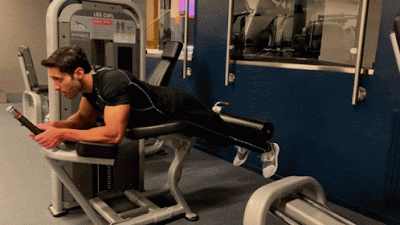-
DEEP SQUAD EXERCISE....deep squad exercise Smith machine squats are a variation of traditional squats performed using a Smith ma...
-
A decline push-up is a variation of the traditional push-up that targets the upper chest and shoulders more intensely. Here's how it ...
Subscribe to:
Post Comments (Atom)
.
Fitness Hub Fitness Hub Home ...



No comments:
Post a Comment
If you have any doubt , please let me know